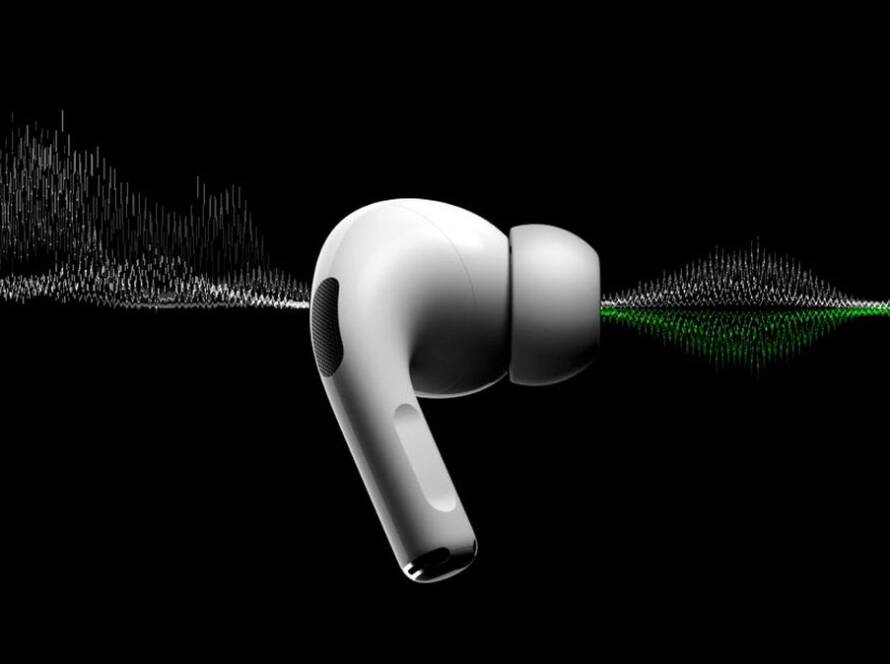[ad_1]

Plasma (aka KDE Plasma) is one of the best desktop environments on the market today. It’s equal parts beauty and efficiency. It’s instantly familiar and easy to customize.
But did you know that the Plasma desktop offered widgets way before MacOS? And did you know that with the addition of a few of these widgets, you can make your desktop even more effective?
Also: I tested KDE Plasma 6 and found it very familiar. Here’s why that’s a good thing
Of course, everyone’s needs are different, as well as everyone’s idea of “effective”. However, I’ve created a short list of widgets that just about anyone can benefit from.
Let’s dive in.
1. Dictionary
Okay, I confess this widget is specifically useful to me as a writer. But everyone runs into words they might not know. Others might want to give their work a bit more panache. Those reasons are why I always like quick access to a dictionary and Plasma has a widget just for that purpose.
Also: What’s new in GNOME 47? 6 features that make it a worthy upgrade
With this widget, you can use all available dictionaries (the default), or select which dictionary you prefer. To use this widget, click the icon, type the word you want to look up, and hit Enter on your keyboard. A popup will appear with the definition, and you’re good to go. You can also create a keyboard shortcut to launch the dictionary, so there’s even less clicking.
A quick lookup of Linux with the Dictionary widget.
Screenshot by Jack Wallen/ZDNET
2. Folder View
Folder View is fairly basic — it just displays the contents of a folder you designate. Through the widget, you can click a sub-folder which will open in the Dolphin file manager, or even open a file with the associated default application.
I added this widget to the list because it makes accessing files and folders easier. Instead of having to launch the file manager and navigate to the folder in question, you just click on the folder in the widget and do your thing.
Also: How to use the open-source Proton VPN browser extension
You can configure the default folder, how icons are displayed, filter the contents of the default folder, and create a keyboard shortcut (although I’ve yet to get this feature to work properly). Folder View is an essential widget for anyone who wants serious efficiency on their desktop.
You can configure the widget to display whatever folder you need.
Screenshot by Jack Wallen/ZDNET
3. Application Launcher
The Application Launcher widget places an icon on your desktop that, when clicked, opens the desktop menu. Okay, why would you need this, given there’s already an icon on the desktop panel for that purpose? The answer to that question comes from my days using the Enlightenment Window Manager, which includes an application menu that can be accessed from anywhere on the desktop with a right-click of the mouse.
Also: The best Linux laptops right now
That feature means you don’t have to spend seconds moving the cursor across the desktop. Instead, place the Application Launcher in a convenient spot and you’ll have faster access to the applications you want to use.
Add the Application Menu widget for quicker access to the Plasma menu.
Screenshot by Jack Wallen/ZDNET
4. Quicklaunch
Speaking of which, if you have favorite applications that you regularly use, why not add the Quicklaunch widget? This widget allows you to add application launchers for your most-used applications, so you can launch them directly from the widget.
This approach is handy if you have a collection of apps for a specific purpose (such as networking, productivity, design, and more). To add launchers to the widget, you open the Plasma Menu and drag any icon from the menu to the widget.
You can add as many launchers as you like and even configure how many rows to display.
Screenshot by Jack Wallen/ZDNET
5. Sticky Note
I regularly have to jot things down and rarely have quick access to pen and paper. Instead of opening up a notepad app or Google Keep, I can add the Sticky Note widget to the Plasma desktop and always have a place to type a quick note. You can customize the color of your sticky notes, the font size, and even add some basic formatting. You can also configure the widget to be transparent so that all you see are the notes you’ve written. This widget should be the first one you add because it’s so handy.
Sticky Note is a great widget for people who are always scrambling for a way to jot down a note.
Jack Wallen/ZDNET
6. Vaults
If you use the Plasma Vaults feature, you’ll be glad to know you can get quick access to any vaults and even create vaults, directly from the widget. Although this widget may not be useful to everyone, if you like to keep information locked away in a secure folder, and want to have quick access to that information, this widget can be very helpful.
Vaults are encrypted folders that can house any type of file you need.
Screenshot by Jack Wallen/ZDNET
How to add Widgets to Plasma
The process for adding widgets is very simple:
-
Right-click anywhere on the desktop
-
Click Enter Edit Mode from the popup menu
-
Click Add Widgets from the top-left corner
-
Locate the widget you want to add and drag it to the desktop
-
Add more widgets
-
When finished, click Exit Edit Mode in the top-right corner of the desktop
And there you have it — five Plasma widgets to help make your desktop experience more effective and efficient.
[ad_2]
